The old public library of Cincinnati was built in 1874 on the site reserved for an opera house. It was one of the country’s most beautiful and large public libraries, with a capacity for holding up to 300,000 books in its collection. With five levels of cast-iron shelving, a fabulous foyer, checkerboard marble floors, and an atrium lit by a skylight ceiling, the place was breathtaking. The building was located in Downtown Cincinnati at 629 Vine St. downtown Cincinnati. Five levels of bookshelves jammed the walls. Shafts of sunlight cut through the windows to provide ample illumination. The library was built at a cost of $383,594.53, around $7 million today.
Why was the Cincinnati Library demolished?
There were several reasons behind the demolition of this magnificent library. The books were stacked beyond the reach due to a lack of space. The ventilation system was failing, water leaks, the paint was peeling, and some walls were cracked. The building was also had safety issues that were too costly to fix. Eventually, these conditions would make the place unbearable. The management decided to move the library to another place.
In January 1955 a new contemporary library was opened at 800 Vine Street. The old building was sold to Leyman Corp. And by June of 1955, the old building was demolished. The site is now a parking garage. The three heads that once guarded the main entrance of the library were the only original features of the building that were saved and placed in the new library’s garden.
These historical photographs give us a glimpse of the Public Library of Cincinnati before it was demolished in 1955.


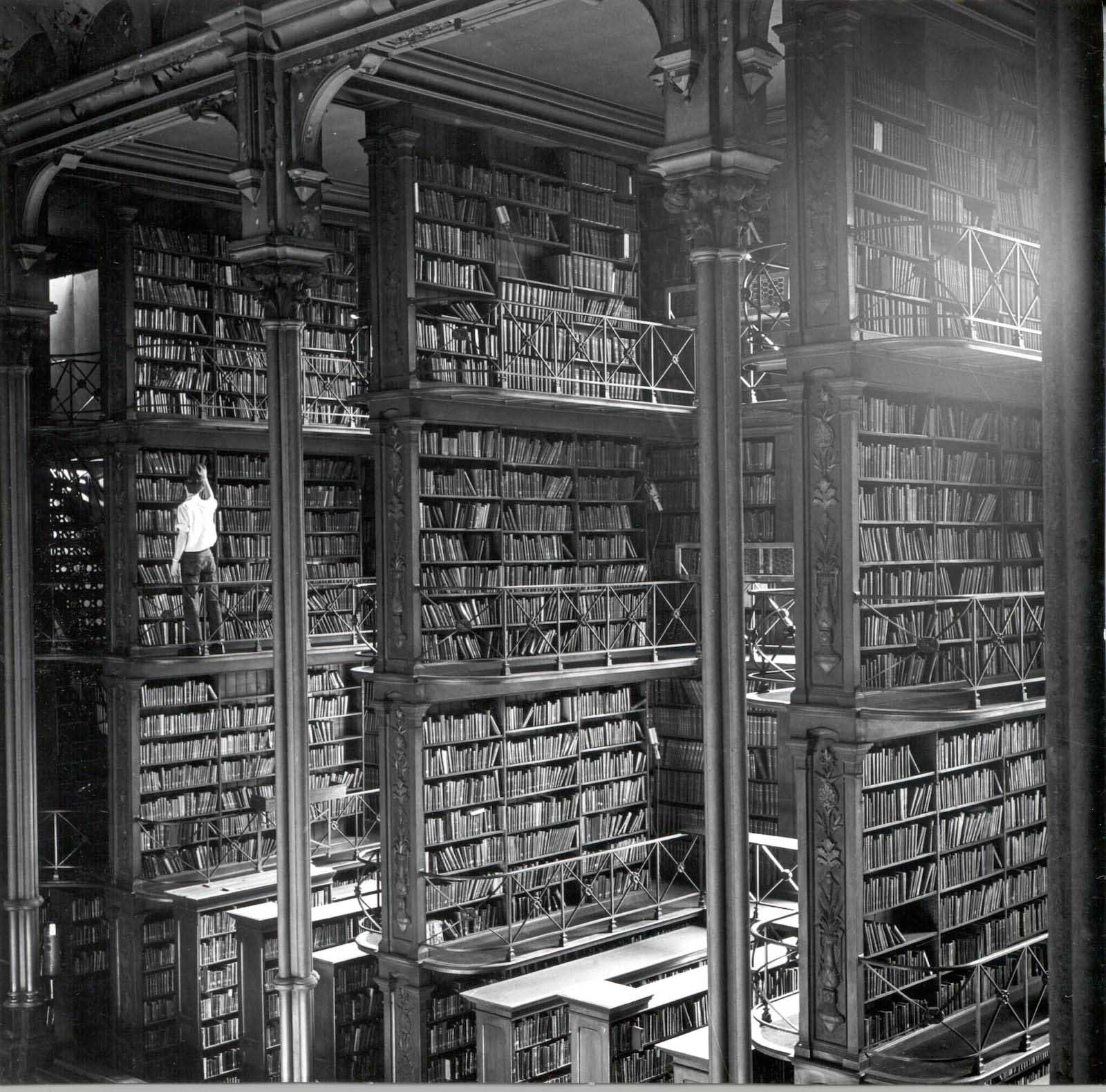
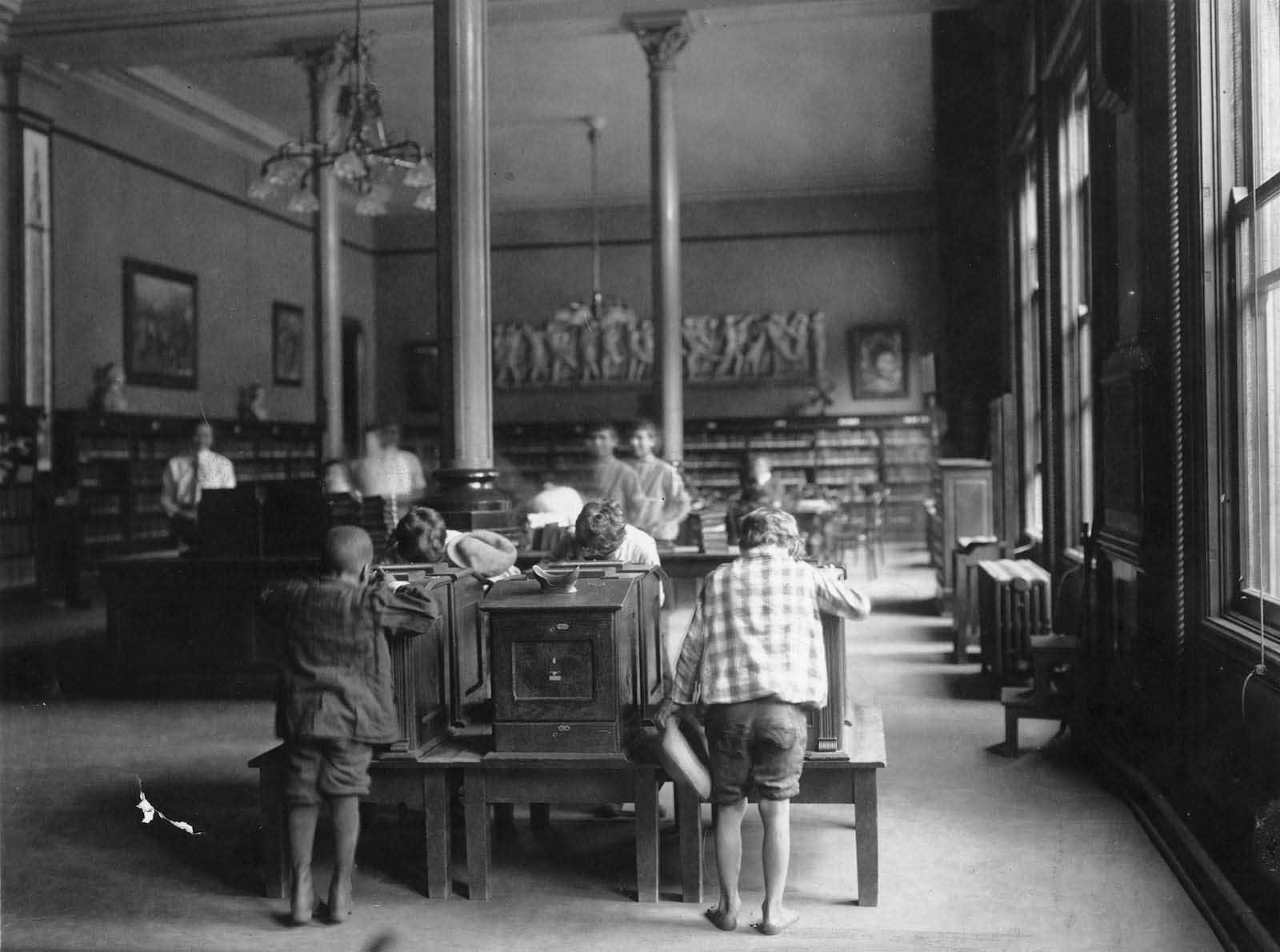
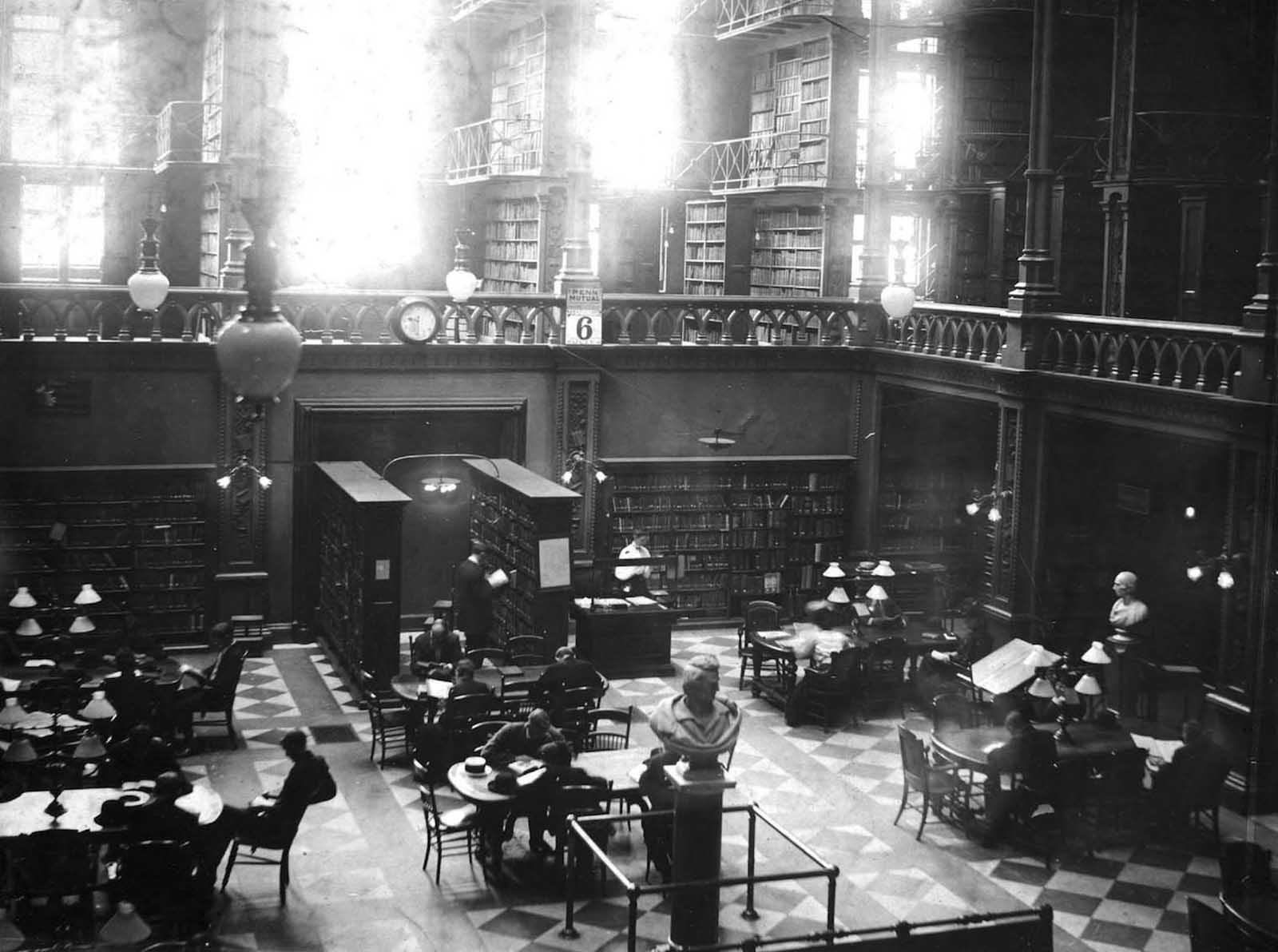
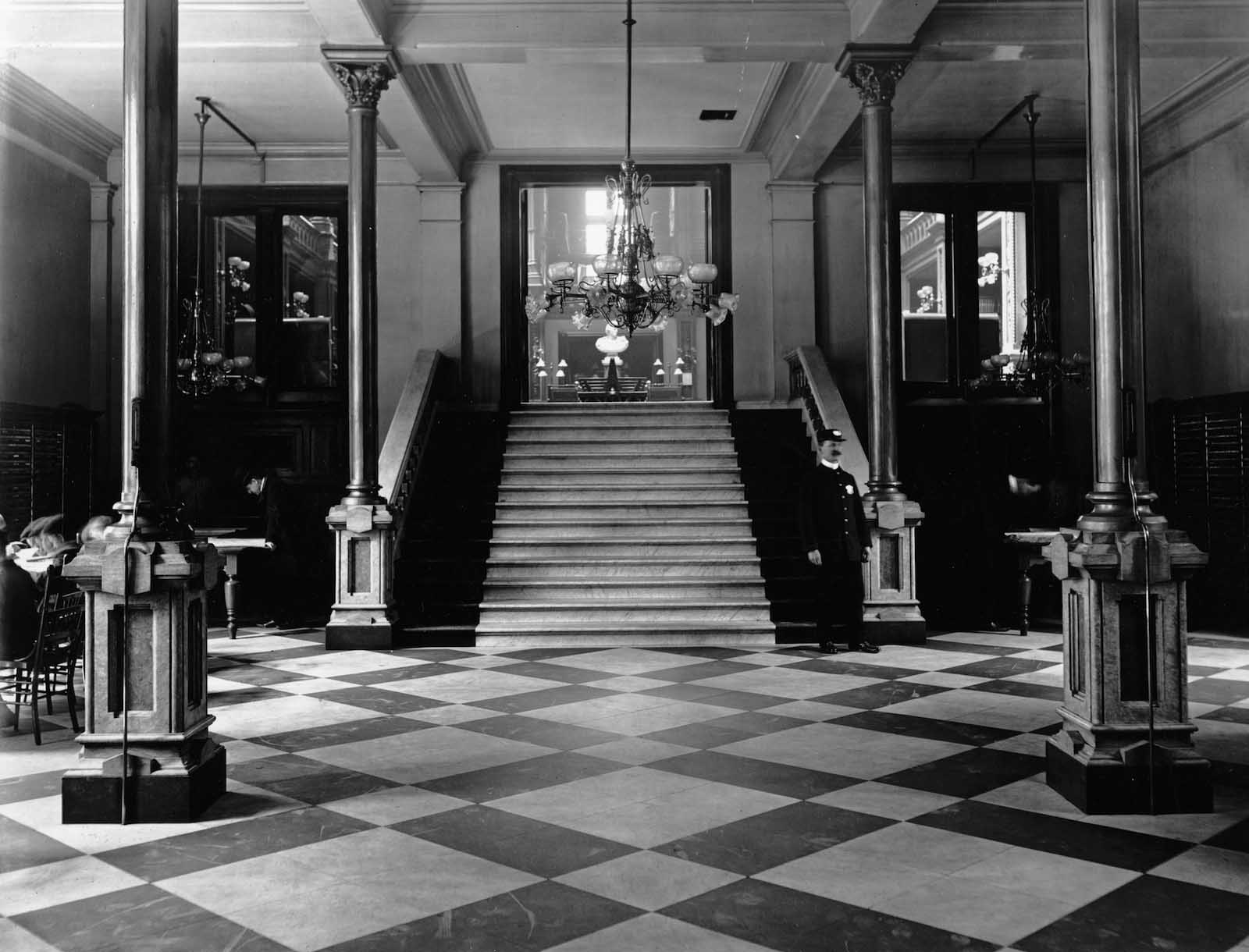
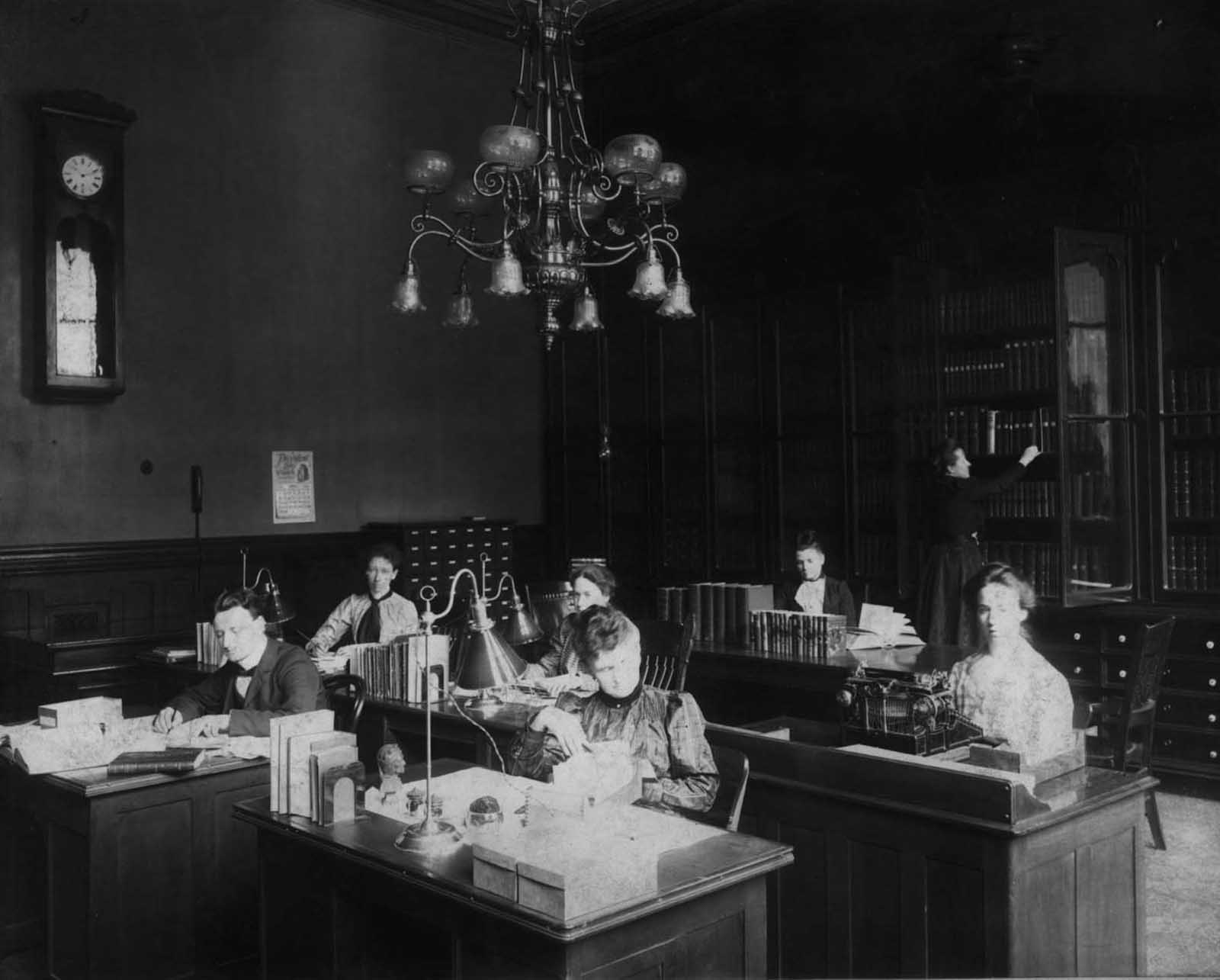
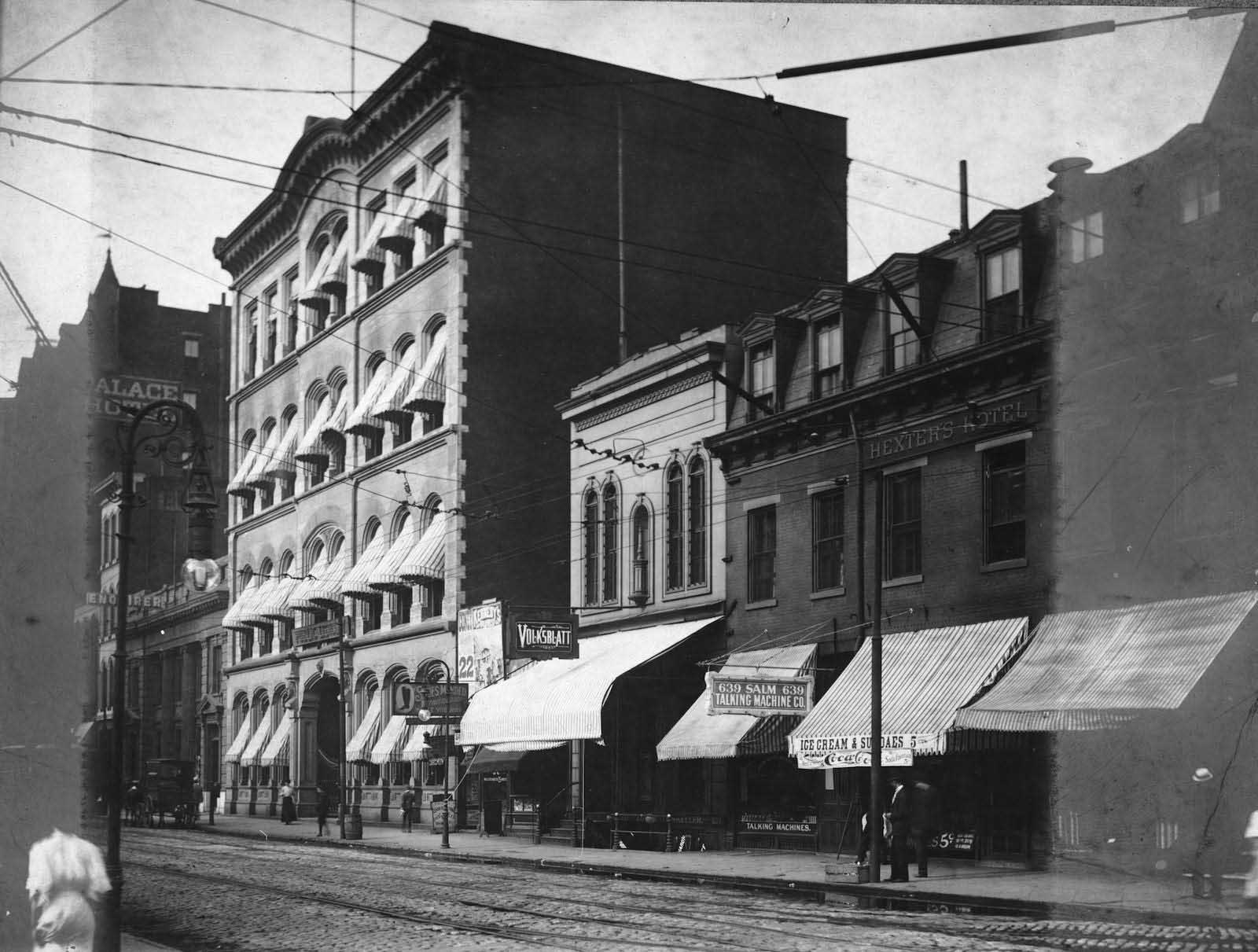
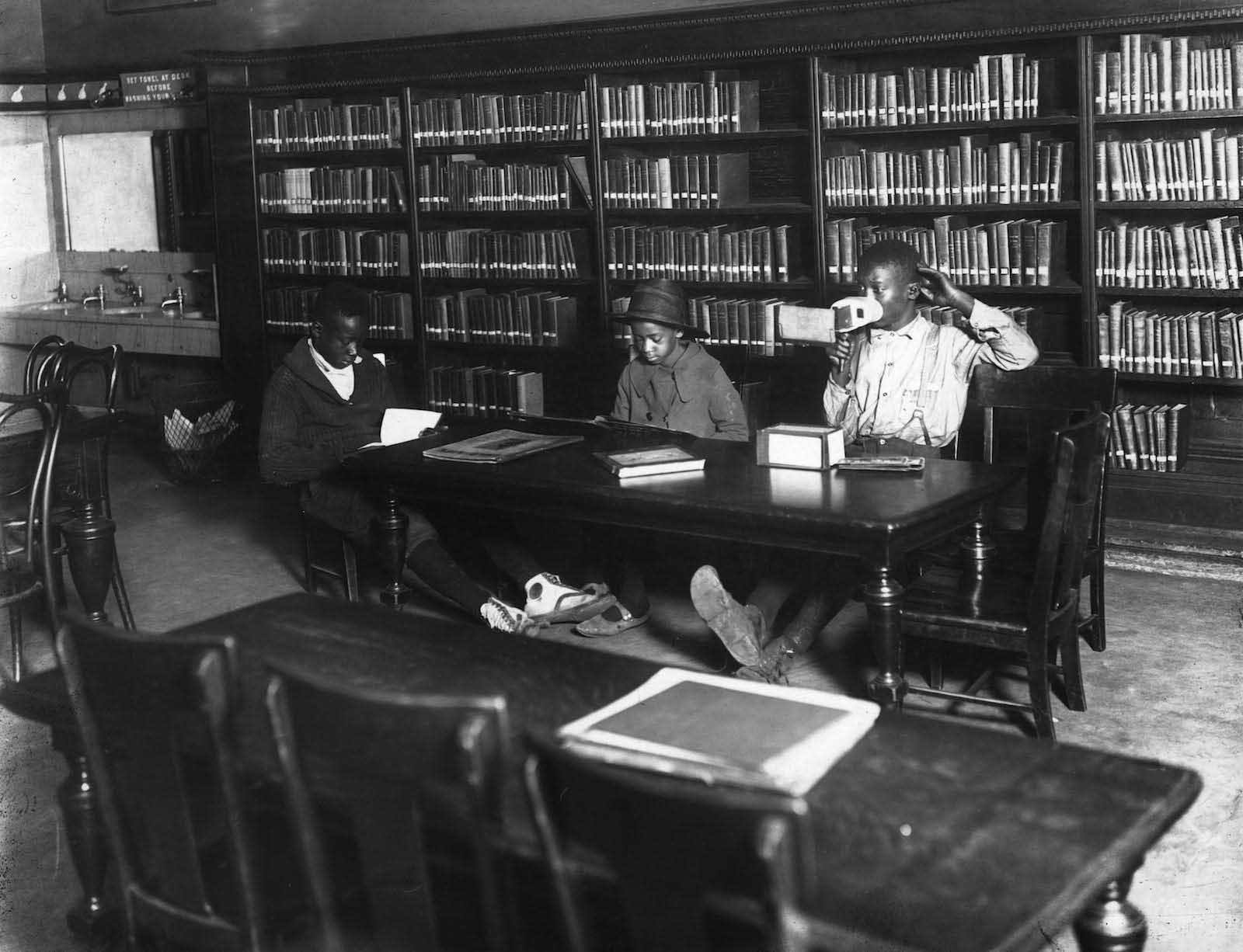
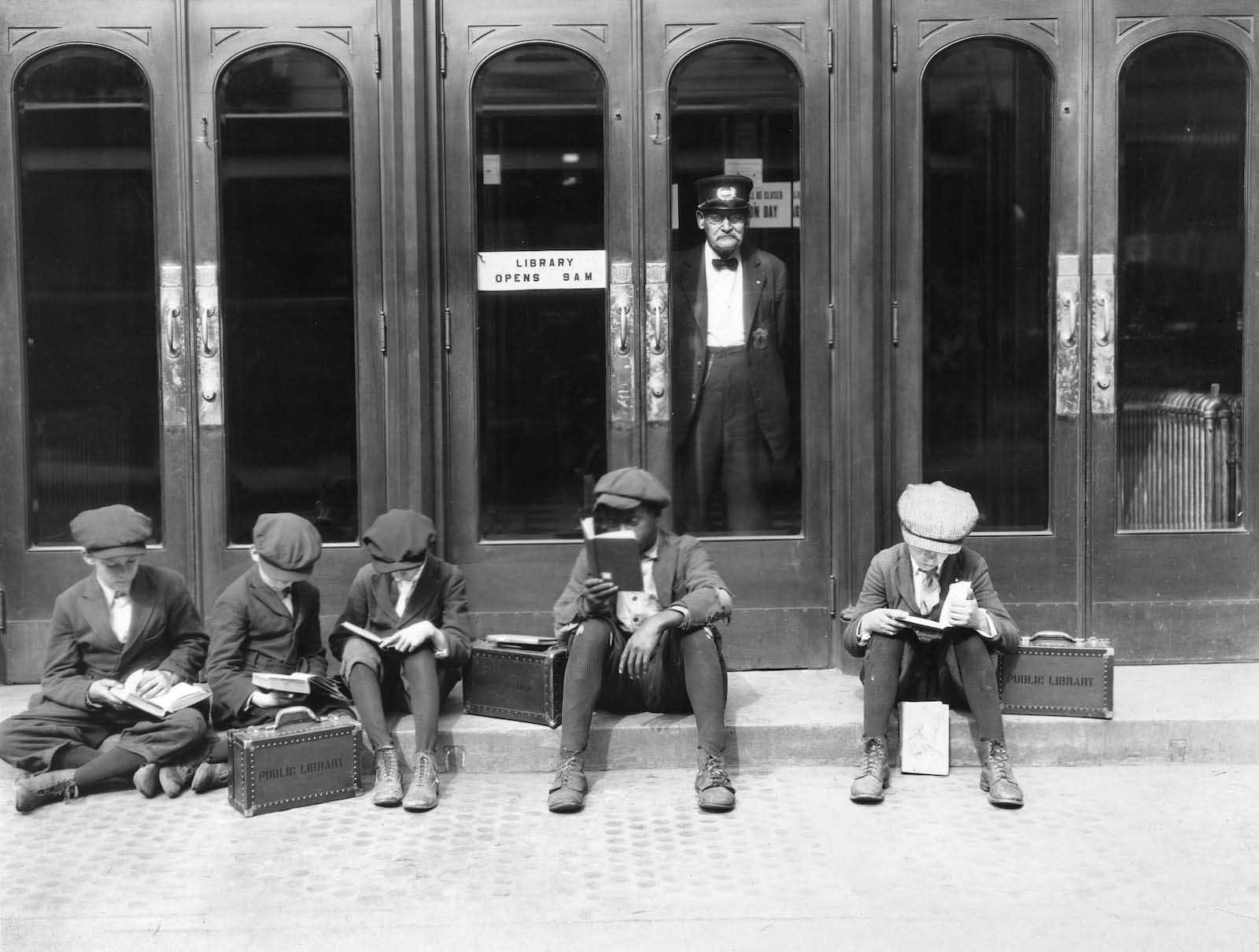
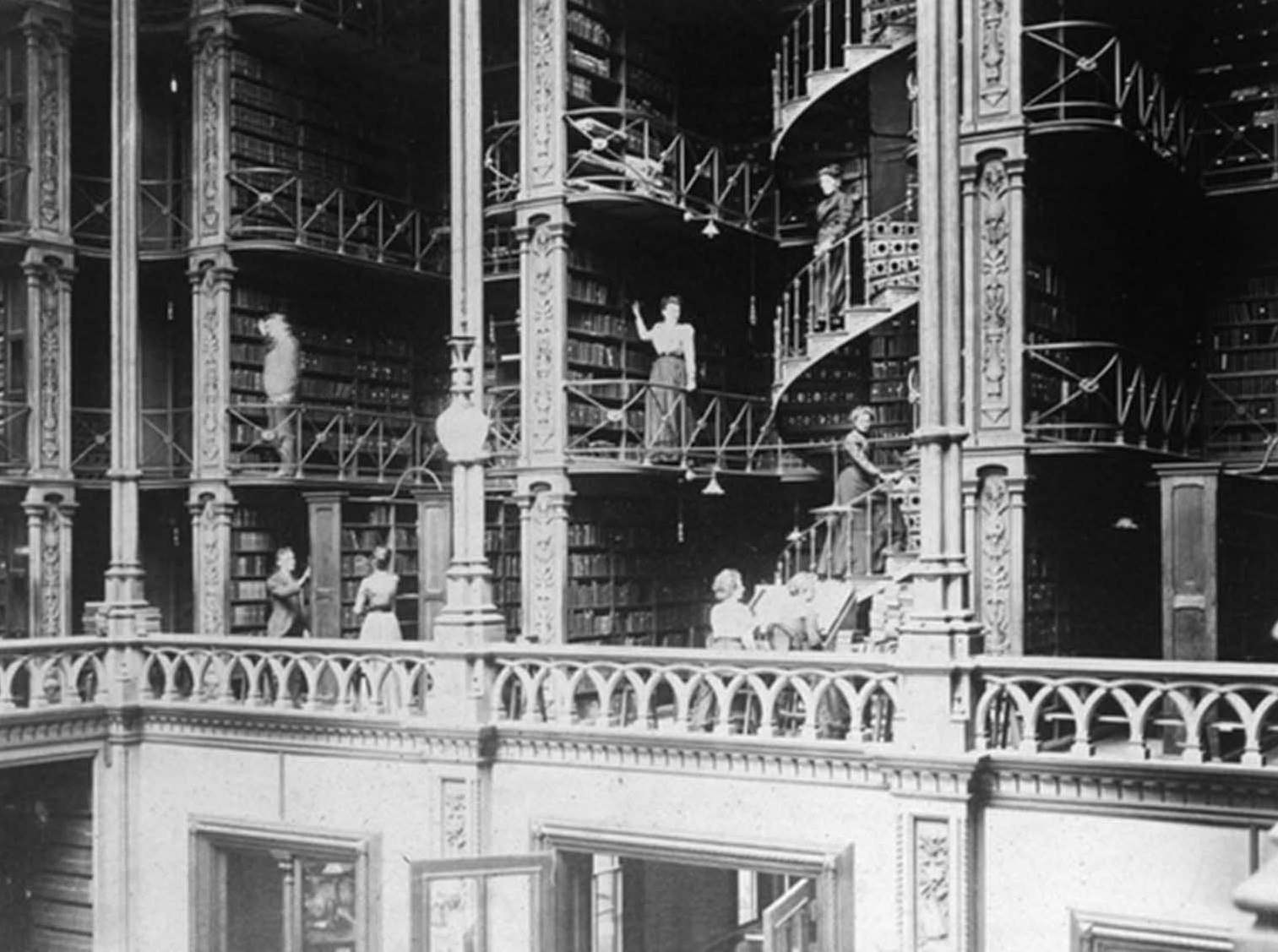
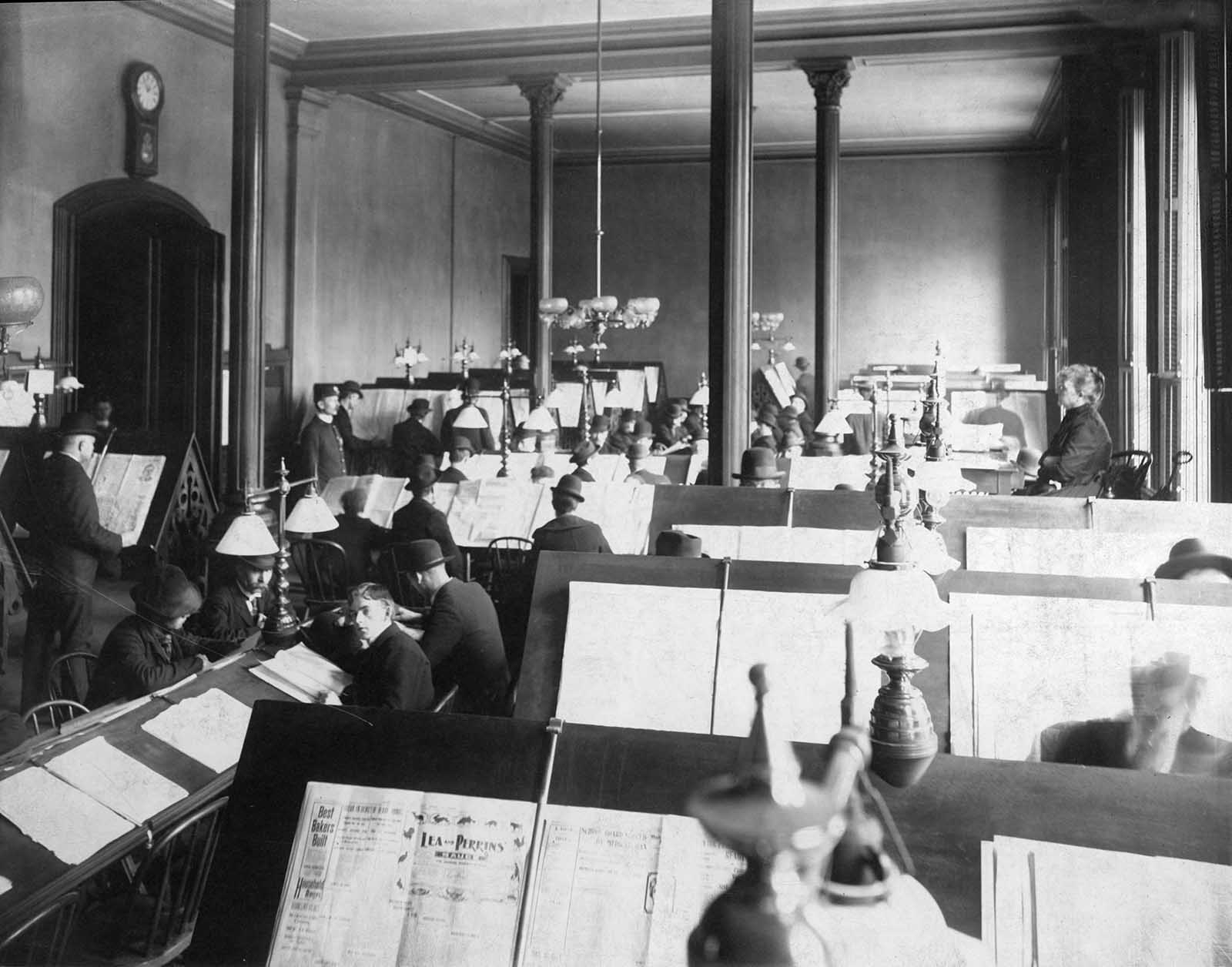
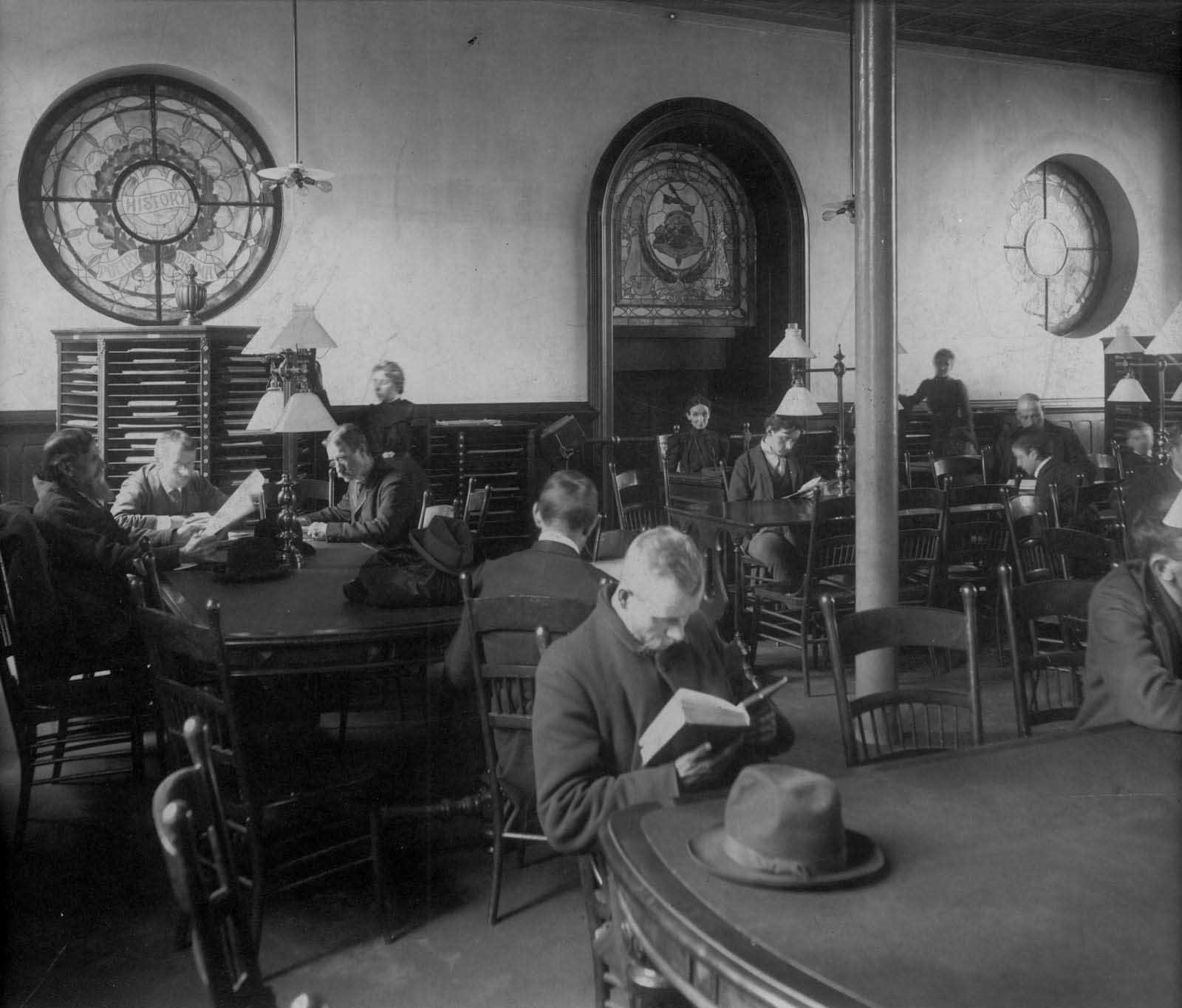
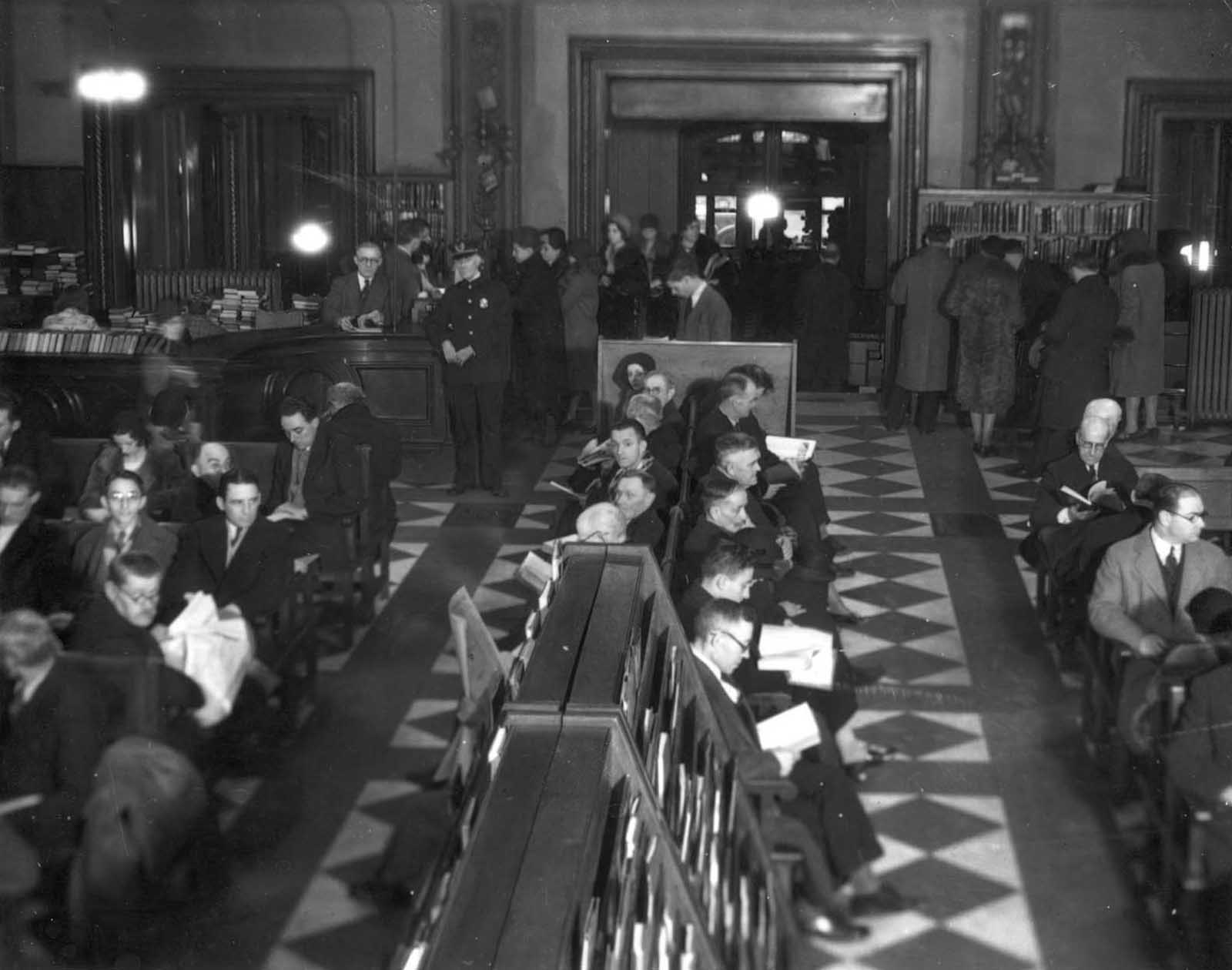
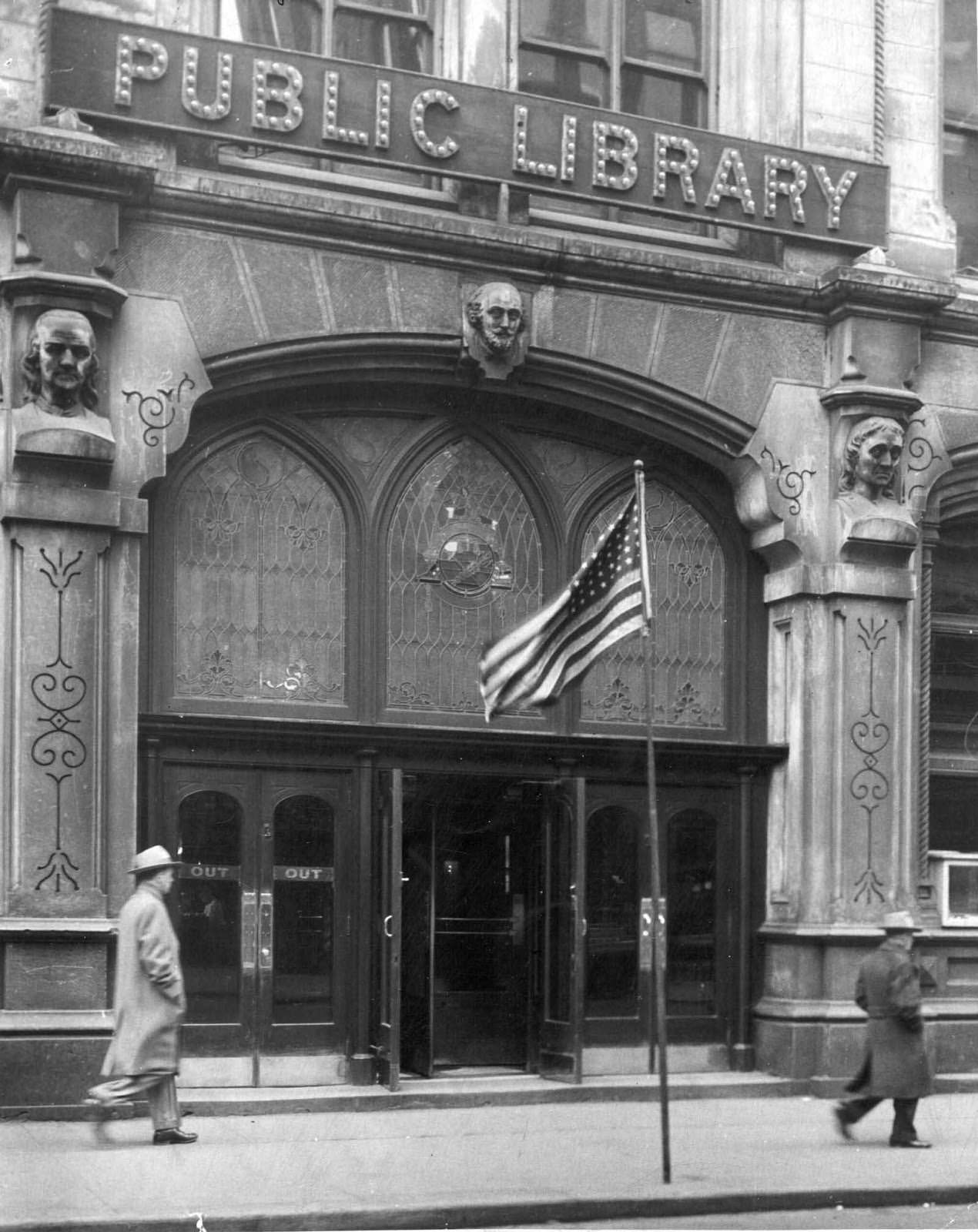
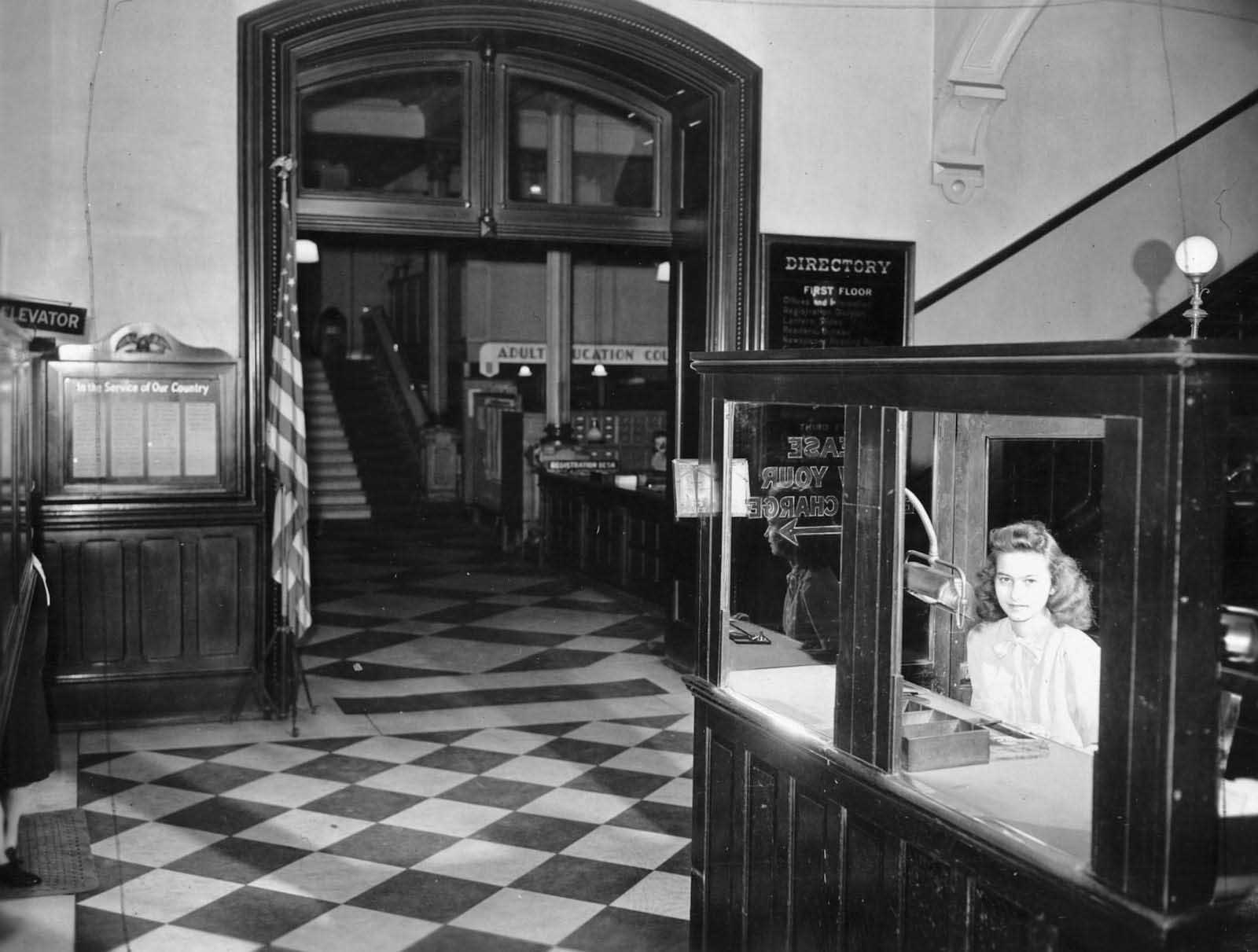
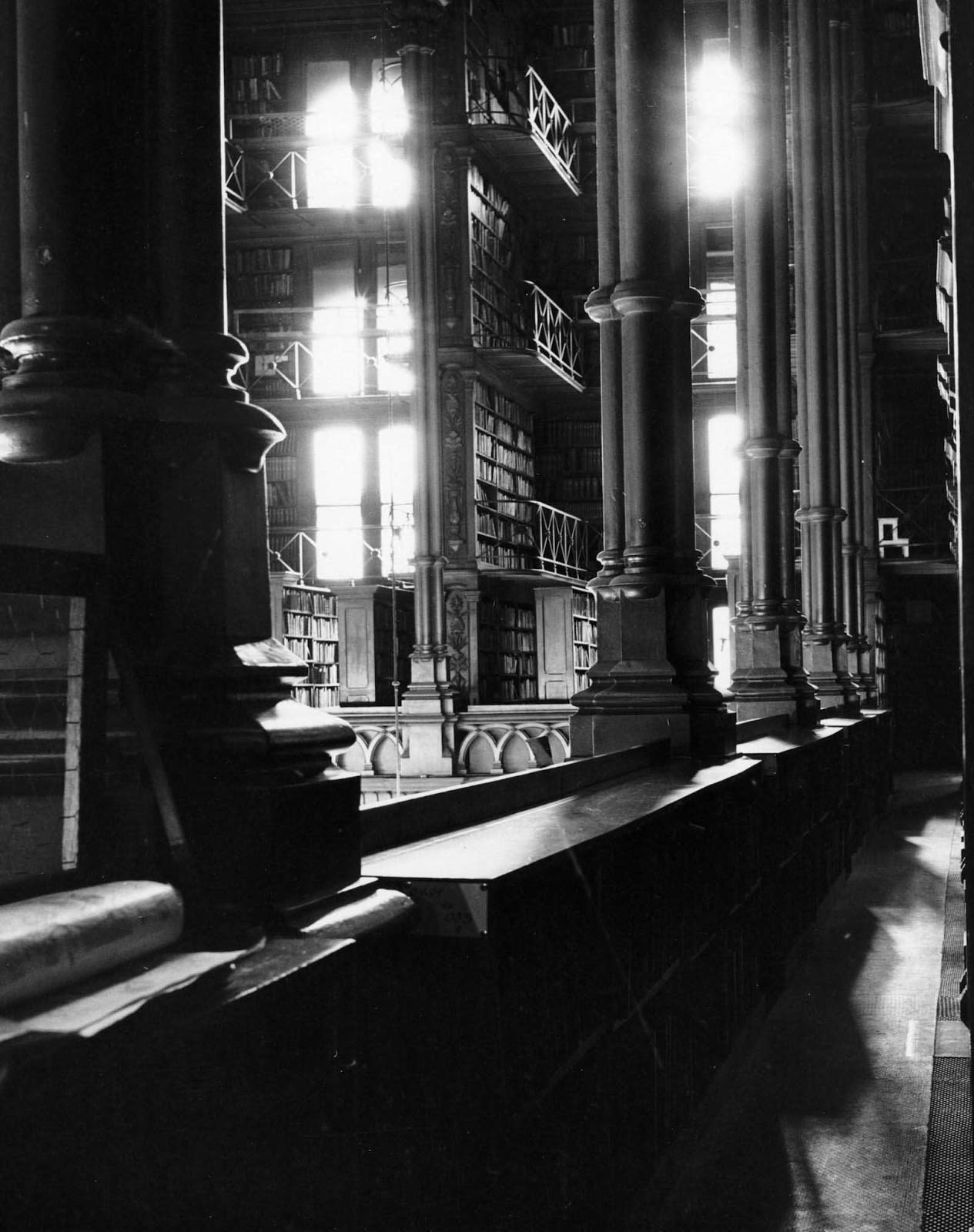
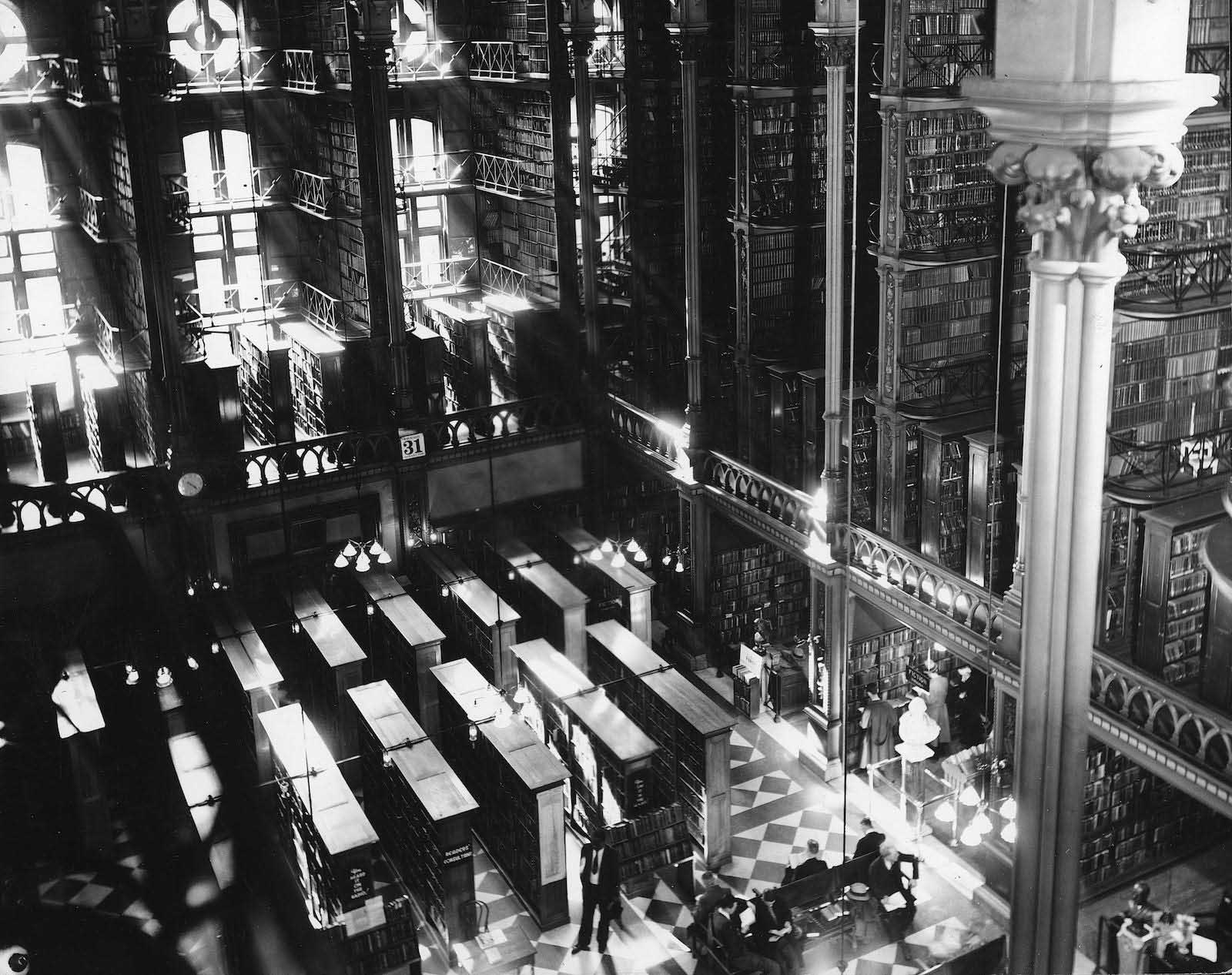
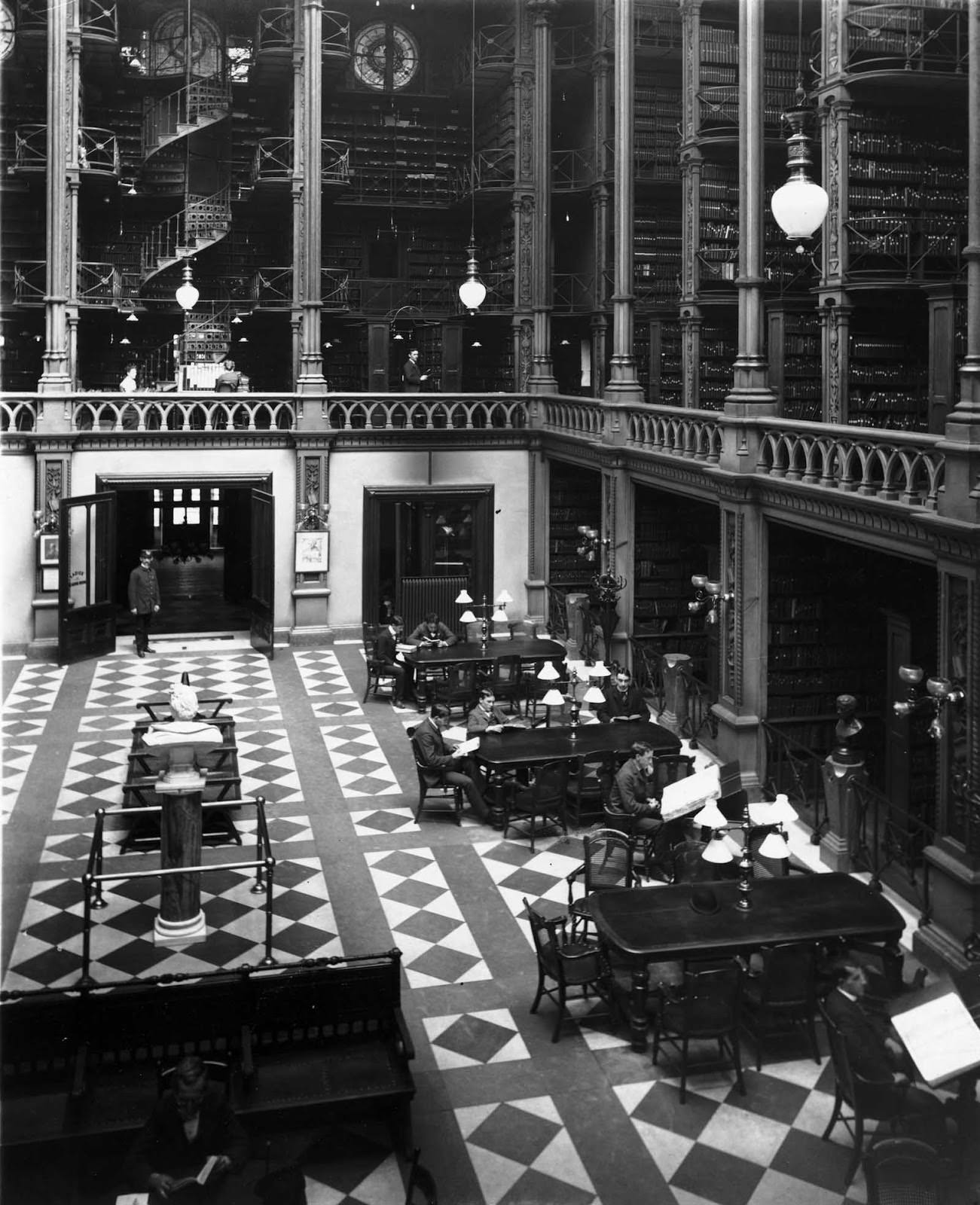
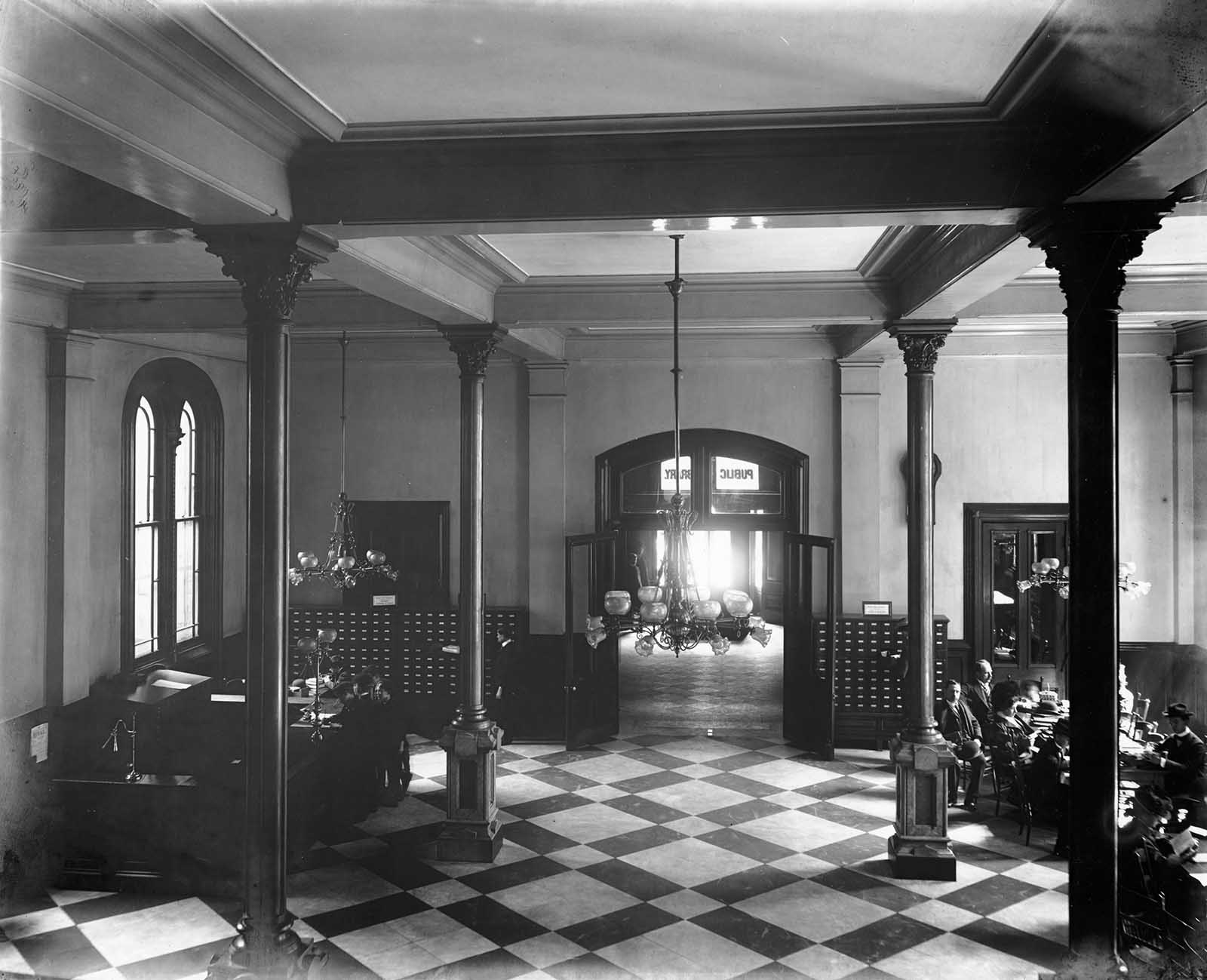

Anyone remember the smell and sound of your childhood library?
That’s why we can’t have nice things! This type of building would have been maintained or restored in many parts of Europe so that future generations could enjoy them. If it’s not broken, don’t fix it. Every century or so, we like to erase the blackboard in the States. Of course, not every old structure can be saved for practical reasons, but yeah. Oh, and I was fighting myself not to spell broke baroque. I appreciate you making that joke, Beauty and the Beast.
Architecture from the Victorian era is absolutely beautiful; it is so sad that most buildings today lack beauty and character (apart from a few rarities). There are more idiots today than back then, they would just fall off the railings if you did something like this today
The neoclassical style was disliked by many architecture snobs at the time because it was considered a cheap copy of classical architecture. They had no idea how ugly the 20th century could be!
Beauty lies in the eye of the beholder. I prefer modern architecture with clean lines and minimal design over stuffy, washed out Victorian architecture. Even before we talk about the use and efficiency benefits of modern architecture, that’s just the aesthetics. In addition, there was a lot of crap built in the Victorian era that would make today’s shoddiest construction look good. Since we are quite a few years out of the Victorian era, most of the garbage has been washed away by time. When you listen to a best of album, you declare that the band has never had a bad song. People definitely died from accidents like falling off railings way more back then, we just didn’t care because people died from everything. Even moderately large construction projects used to have an estimated death toll due to poor safety procedures. Only a few people died during a large construction project.